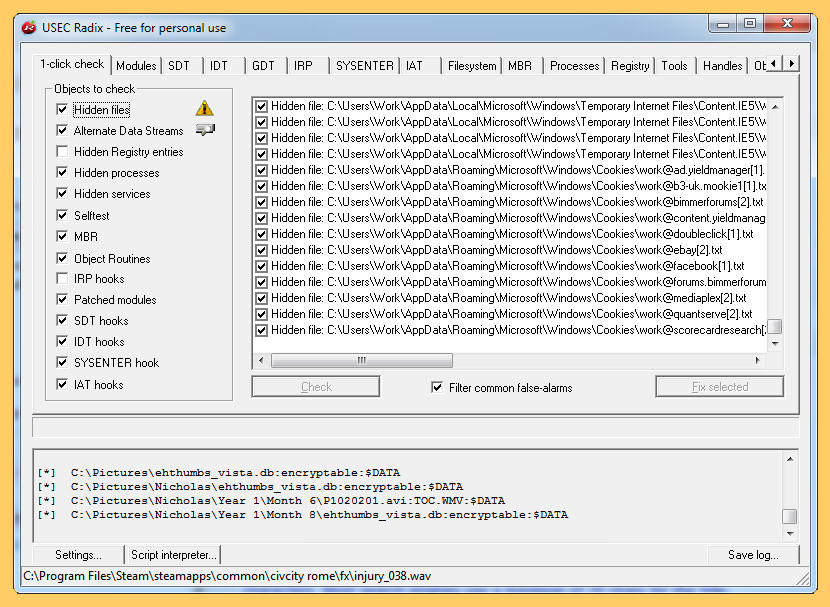
In the lecture he gave upon receiving the Turing award in 1983, Ken Thompson of Bell Labs, one of the creators of Unix, theorized about subverting the C compiler in a Unix distribution and discussed the exploit. Lane Davis and Steven Dake wrote the earliest known rootkit in 1990 for Sun Microsystems' SunOS UNIX operating system. These first-generation rootkits were trivial to detect by using tools such as Tripwire that had not been compromised to access the same information. If an intruder could replace the standard administrative tools on a system with a rootkit, the intruder could obtain root access over the system whilst simultaneously concealing these activities from the legitimate system administrator. The term rootkit or root kit originally referred to a maliciously modified set of administrative tools for a Unix-like operating system that granted " root" access. When dealing with firmware rootkits, removal may require hardware replacement, or specialized equipment. Removal can be complicated or practically impossible, especially in cases where the rootkit resides in the kernel reinstallation of the operating system may be the only available solution to the problem. Detection methods include using an alternative and trusted operating system, behavioral-based methods, signature scanning, difference scanning, and memory dump analysis. Rootkit detection is difficult because a rootkit may be able to subvert the software that is intended to find it.
#AVAST MBR ROOTKIT FOR MAC FULL#
Full control over a system means that existing software can be modified, including software that might otherwise be used to detect or circumvent it. Once installed, it becomes possible to hide the intrusion as well as to maintain privileged access.

exploiting a known vulnerability (such as privilege escalation) or a password (obtained by cracking or social engineering tactics like " phishing"). Obtaining this access is a result of direct attack on a system, i.e.
#AVAST MBR ROOTKIT FOR MAC INSTALL#
Rootkit installation can be automated, or an attacker can install it after having obtained root or Administrator access.

The term "rootkit" has negative connotations through its association with malware. The term rootkit is a compound of " root" (the traditional name of the privileged account on Unix-like operating systems) and the word "kit" (which refers to the software components that implement the tool). A rootkit is a collection of computer software, typically malicious, designed to enable access to a computer or an area of its software that is not otherwise allowed (for example, to an unauthorized user) and often masks its existence or the existence of other software.


 0 kommentar(er)
0 kommentar(er)
